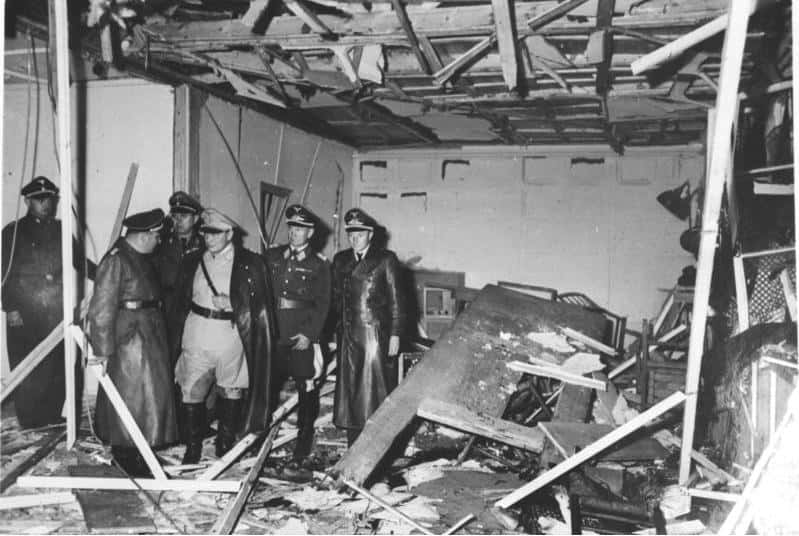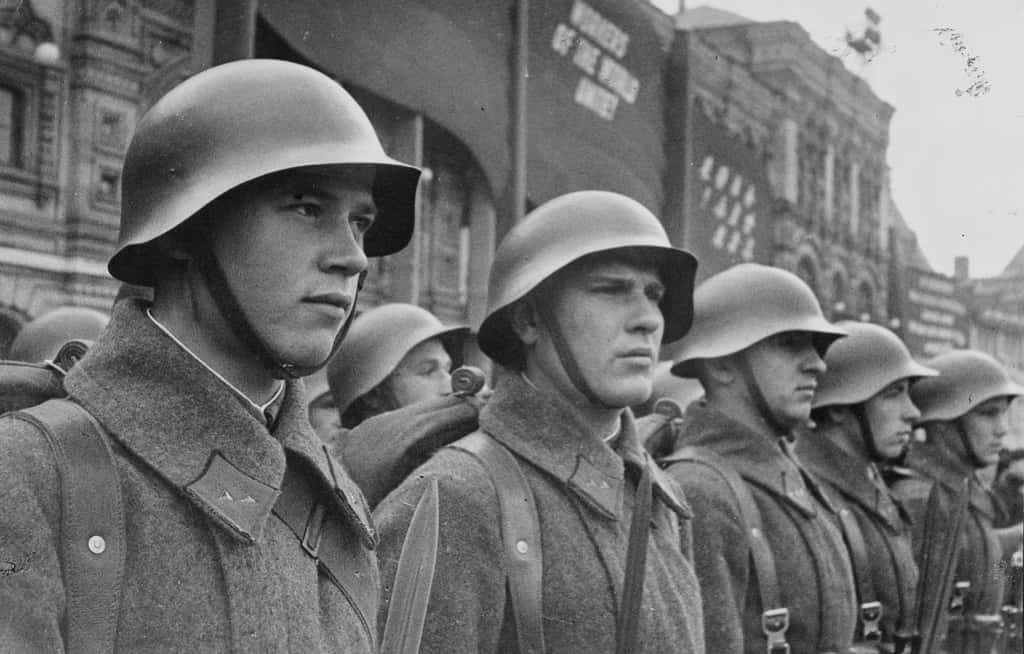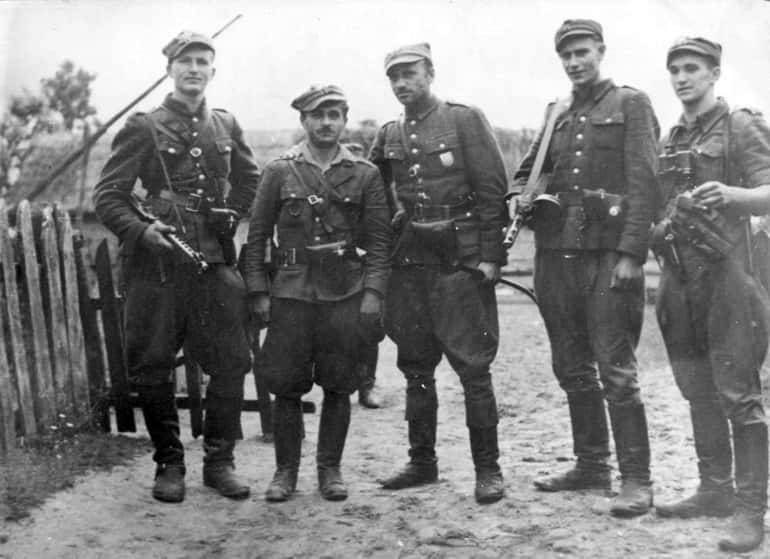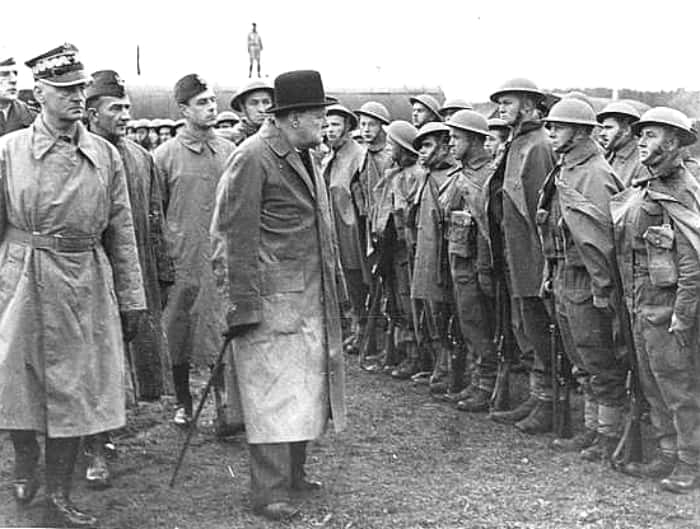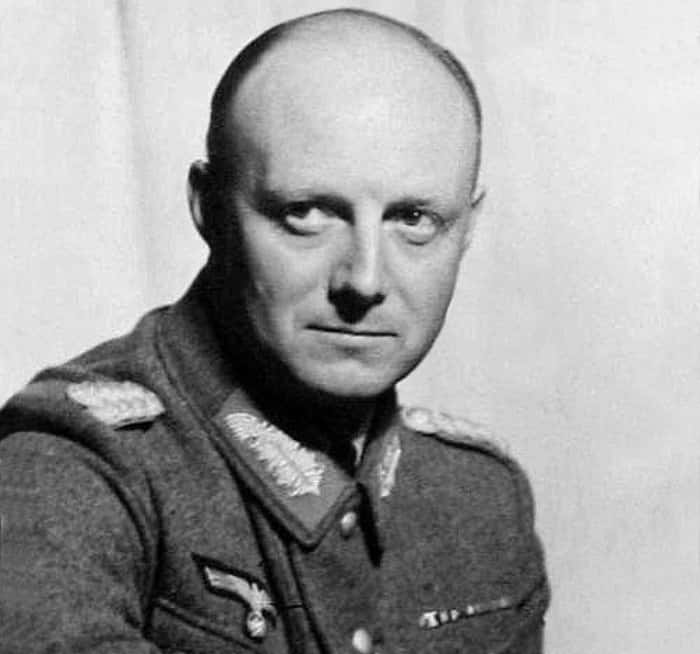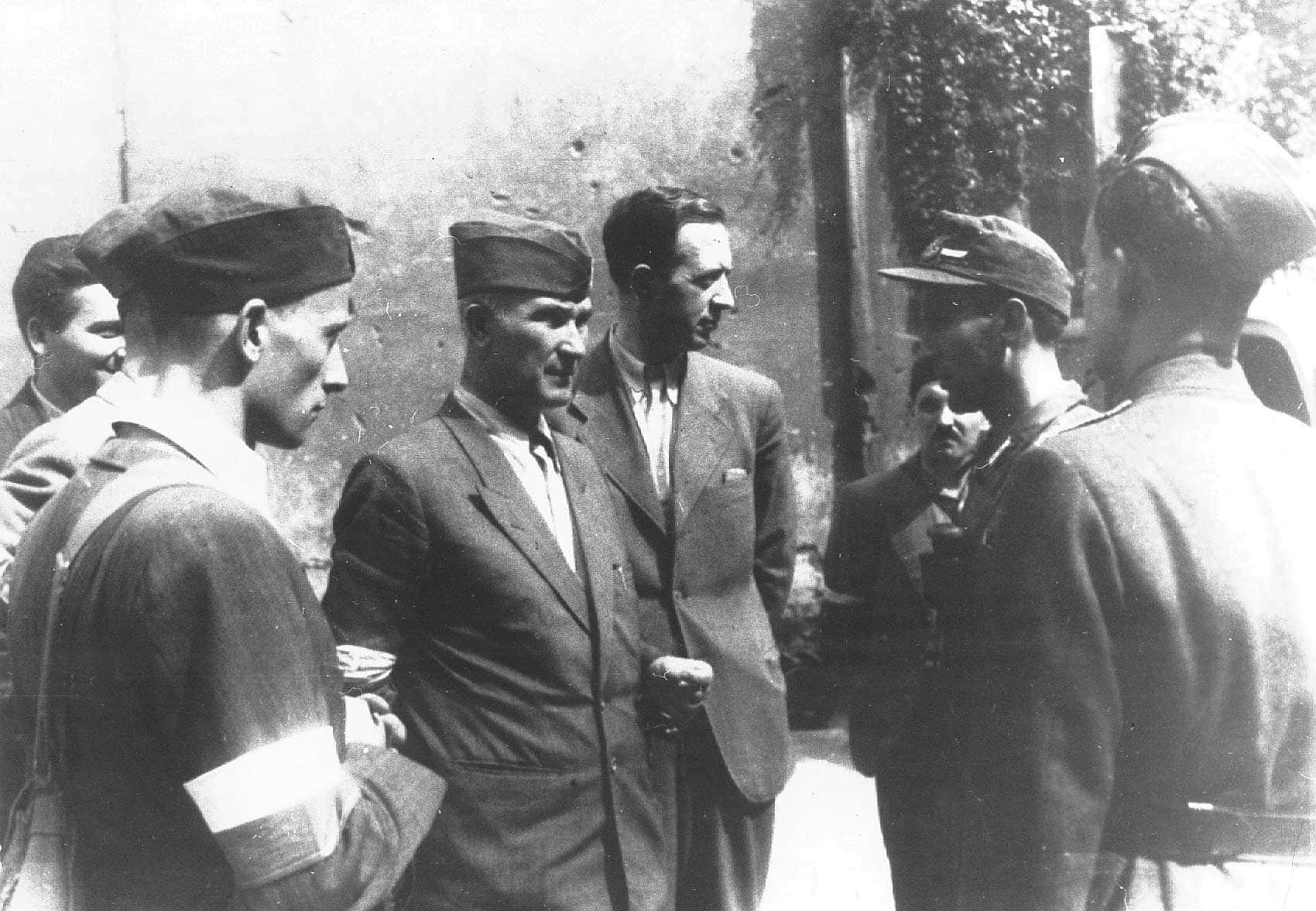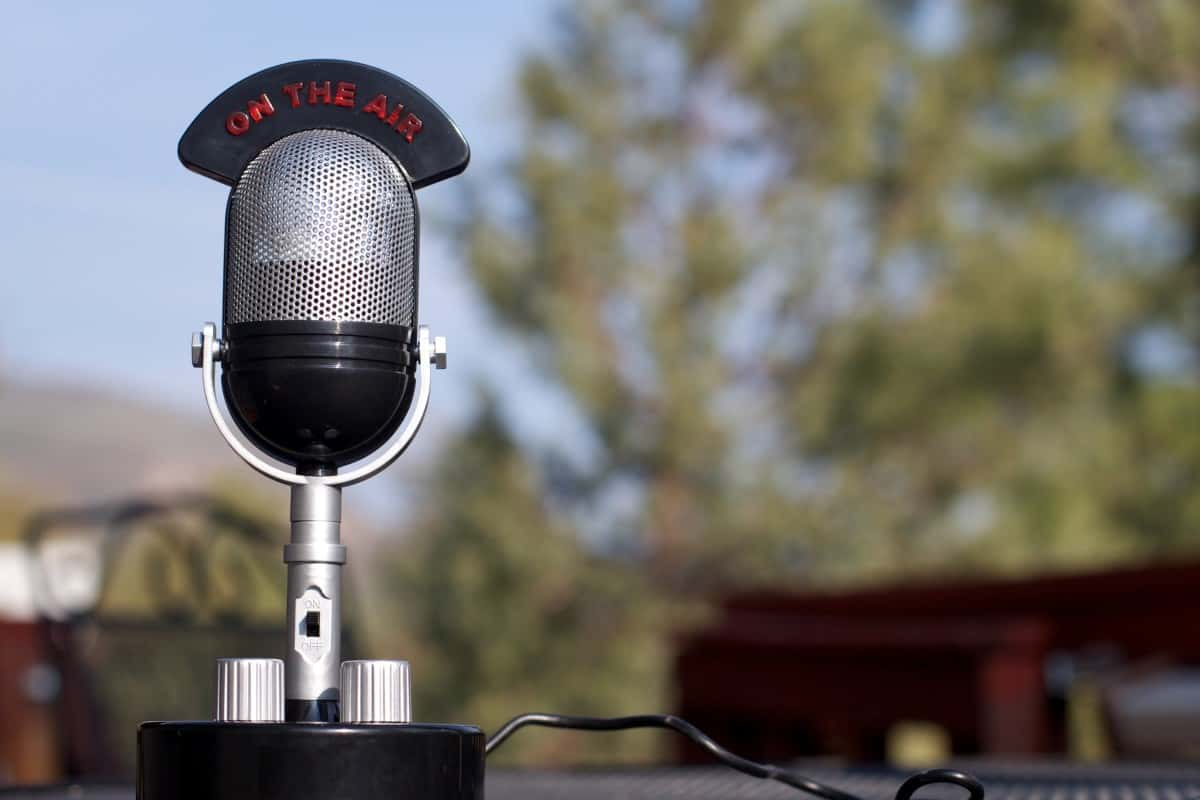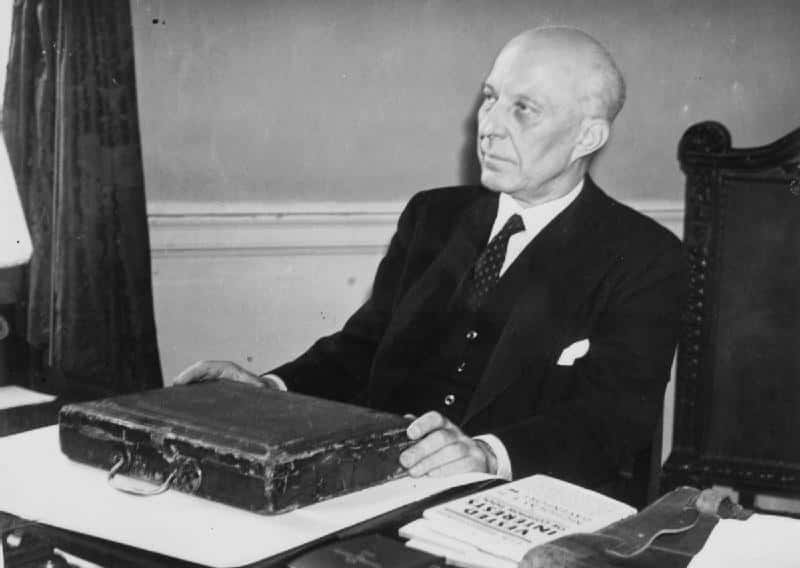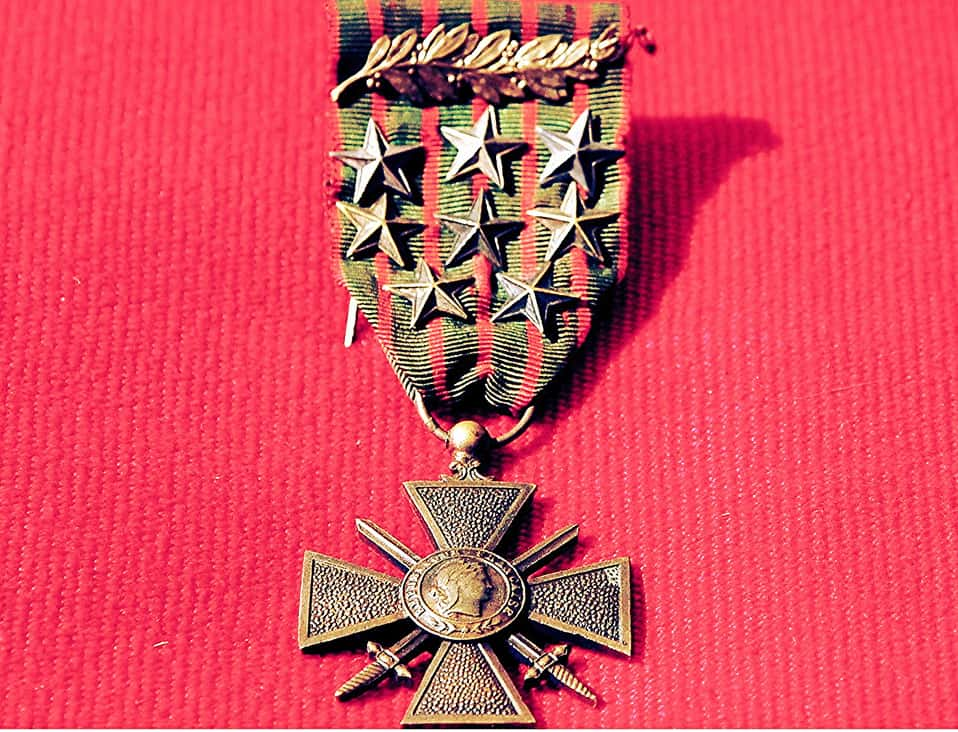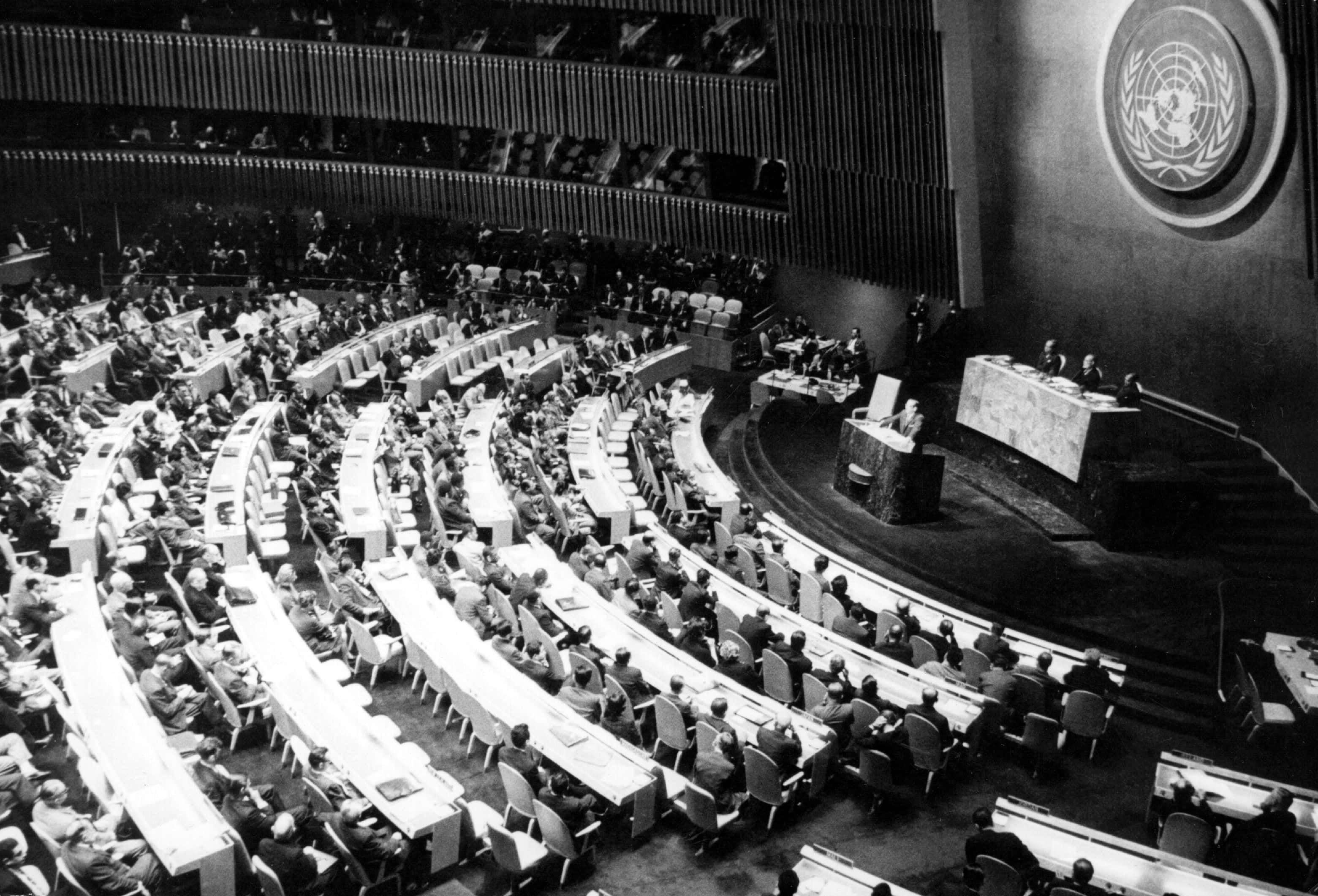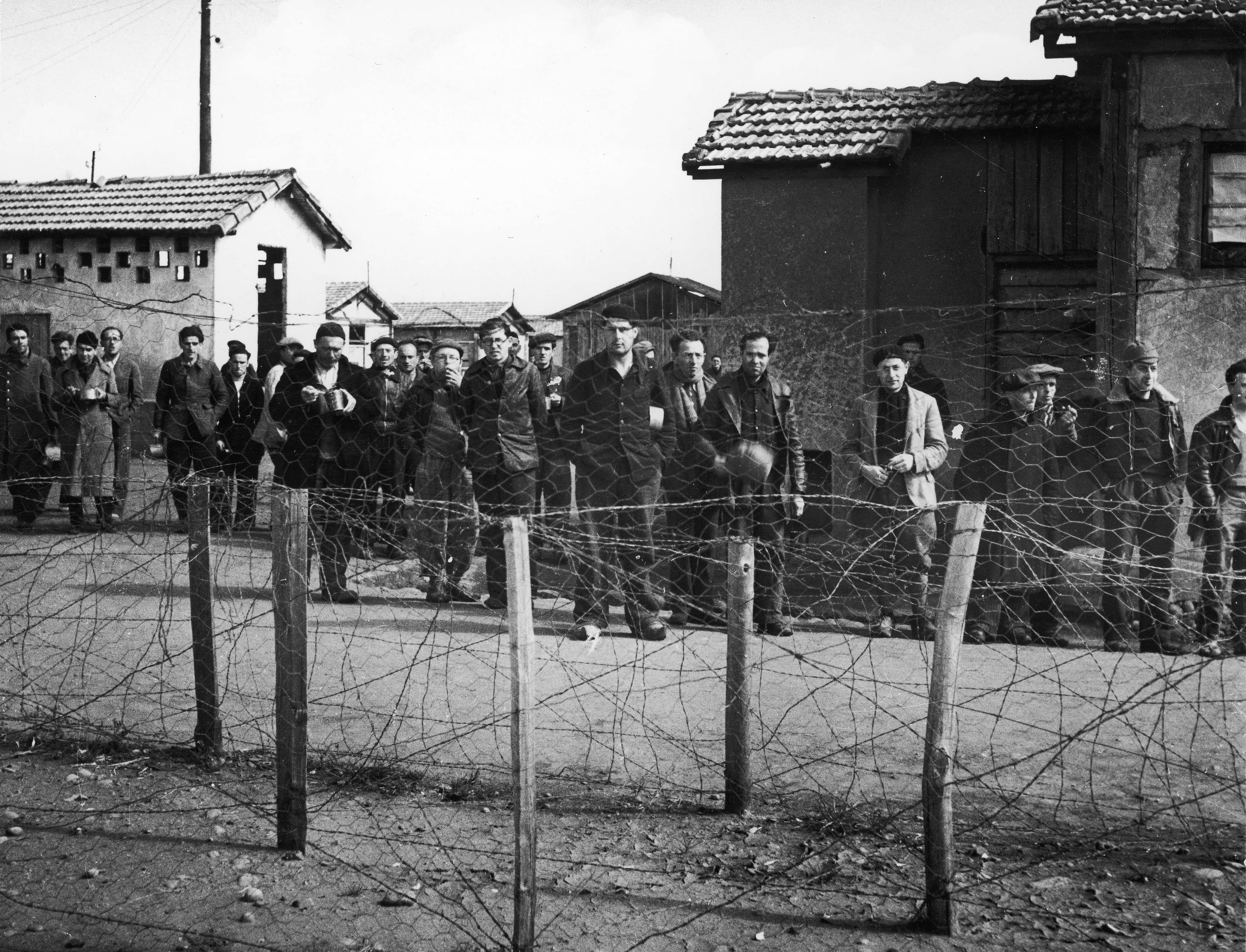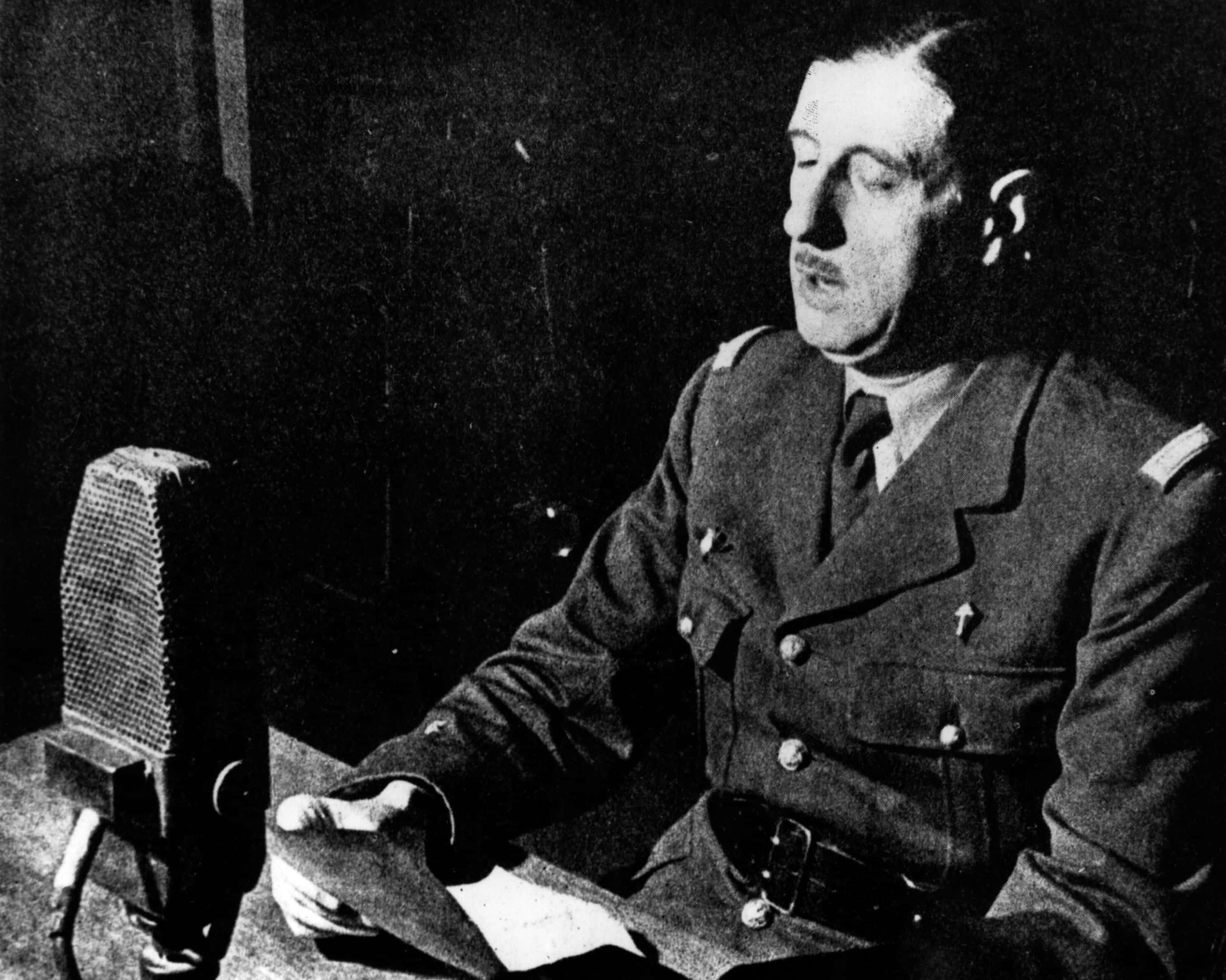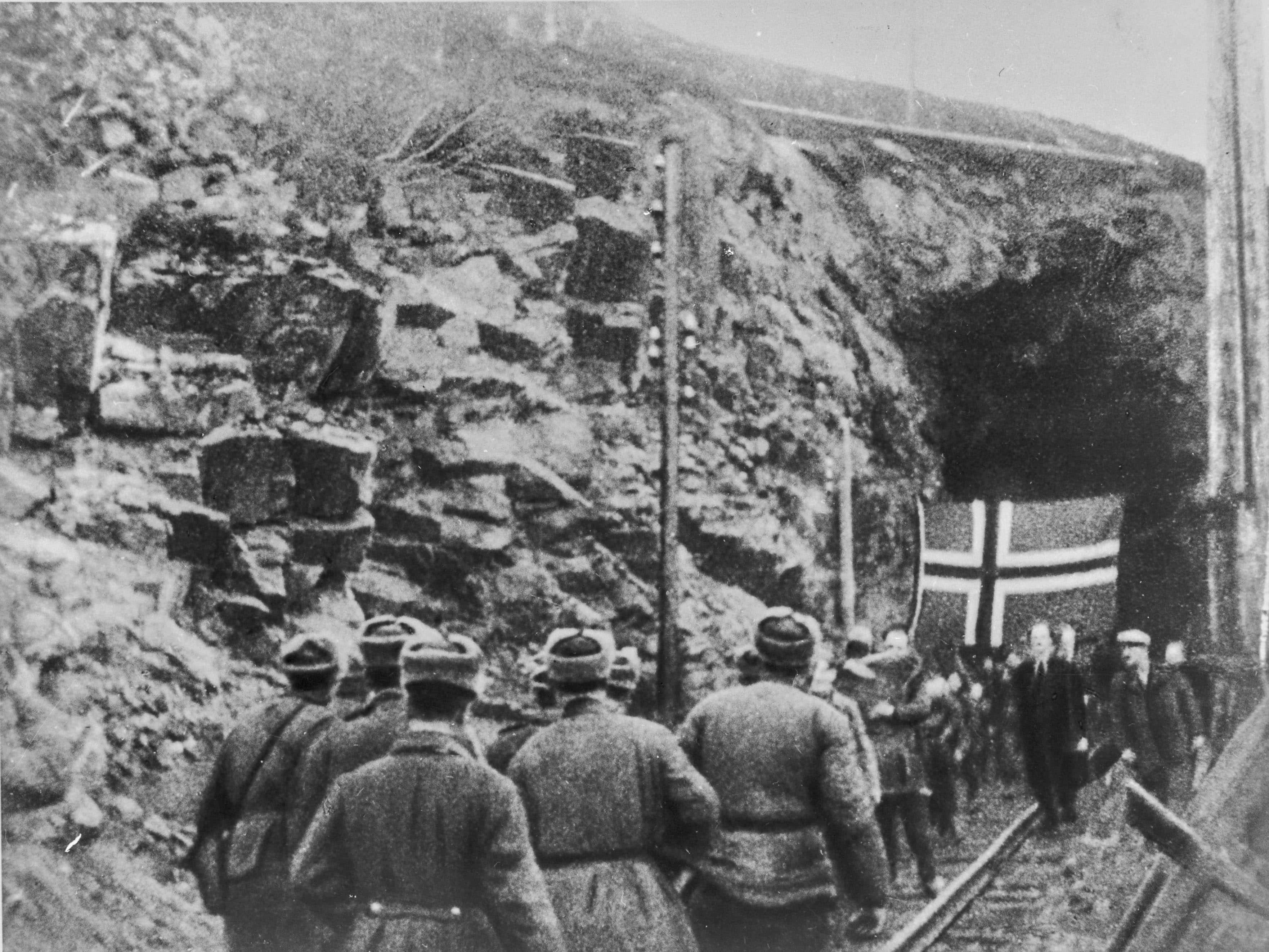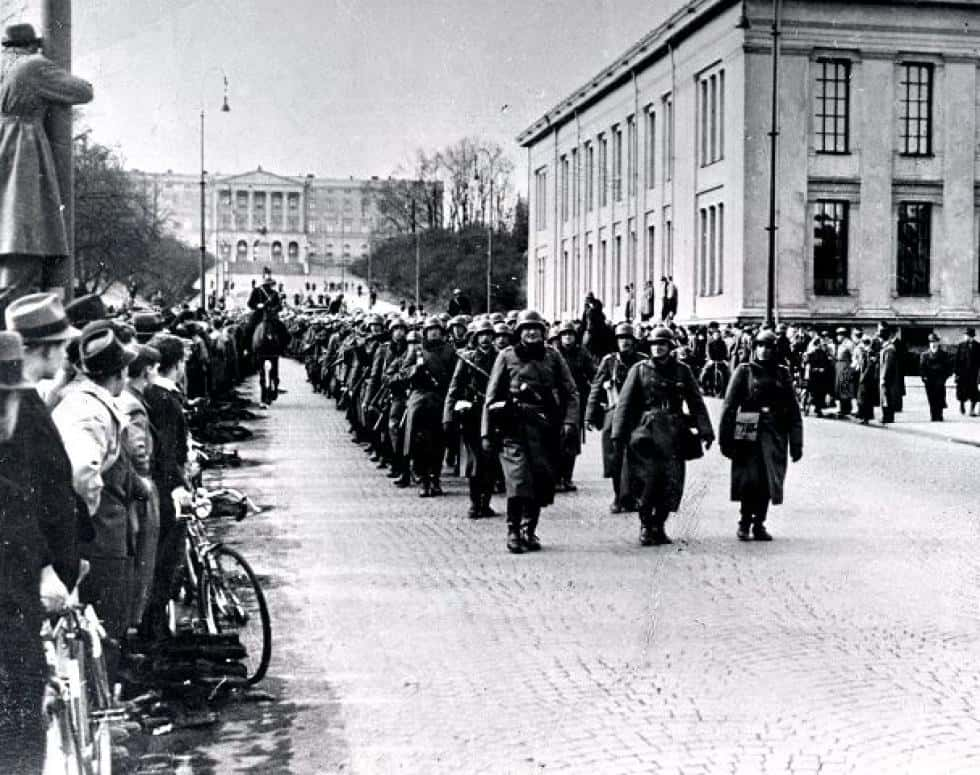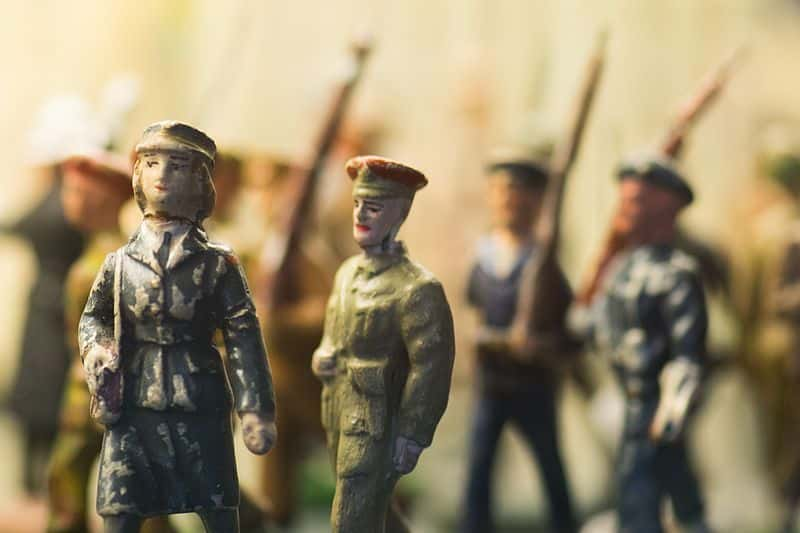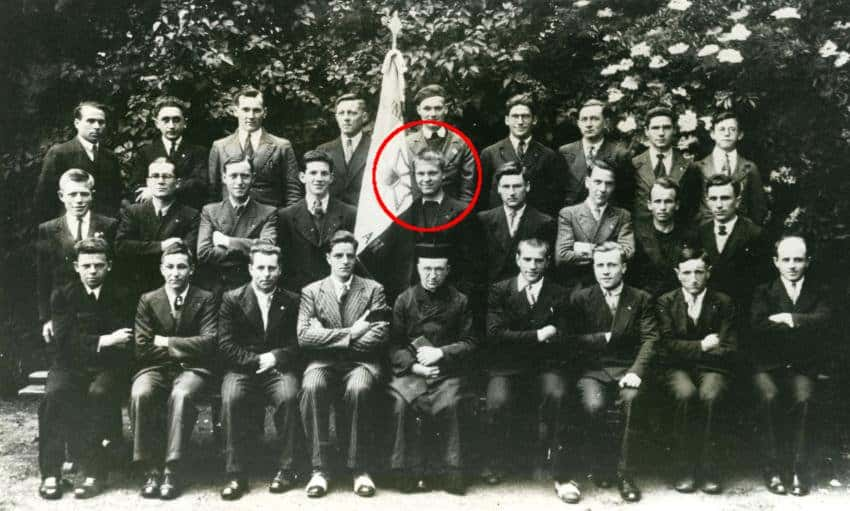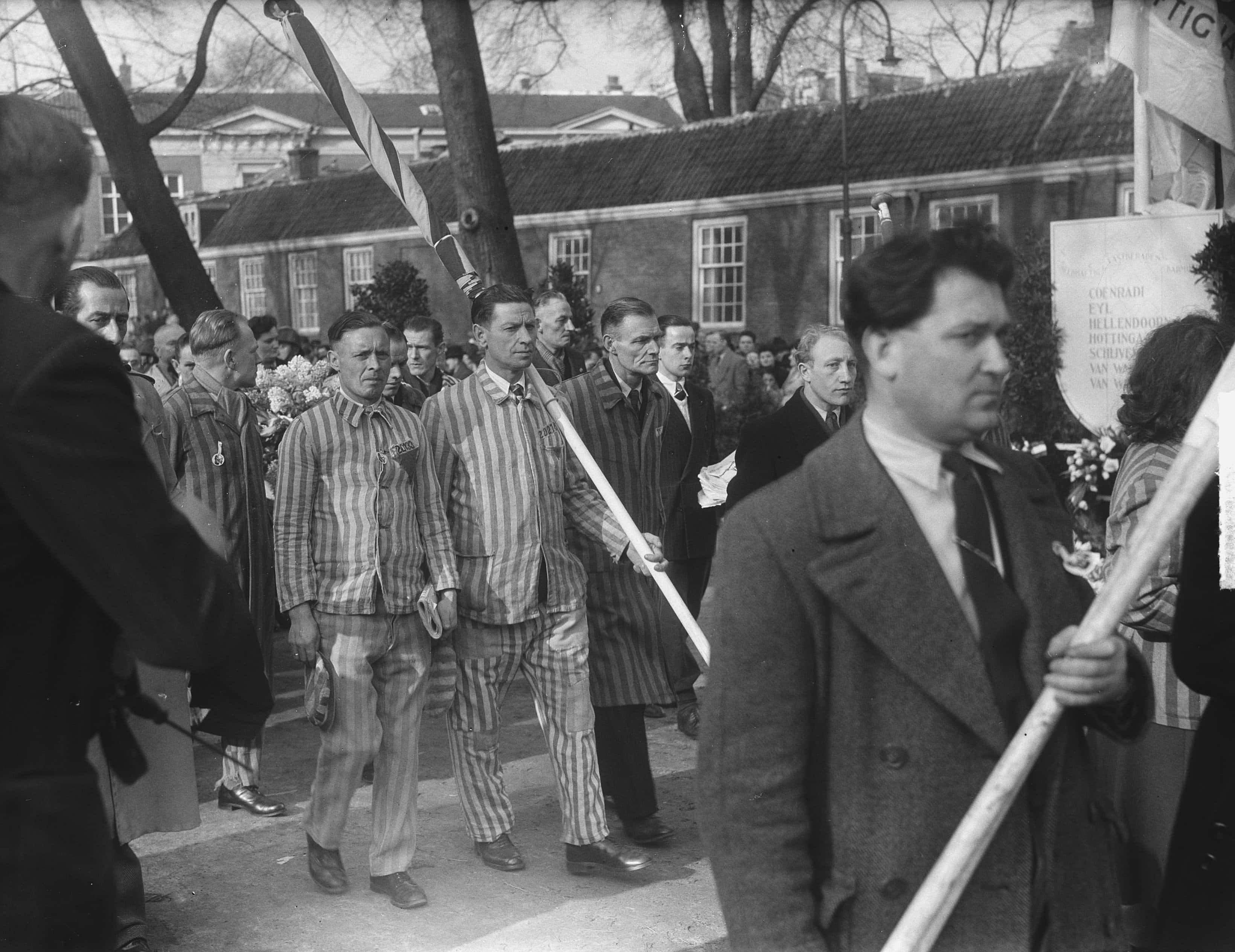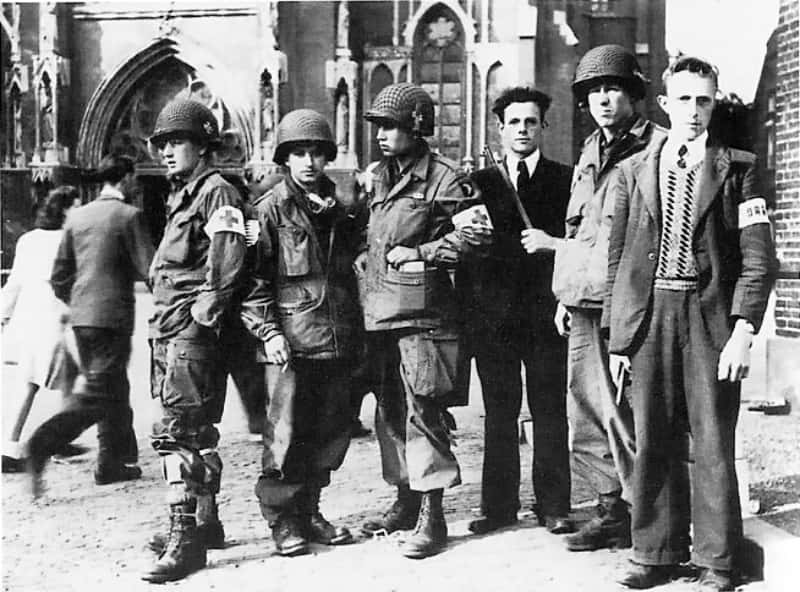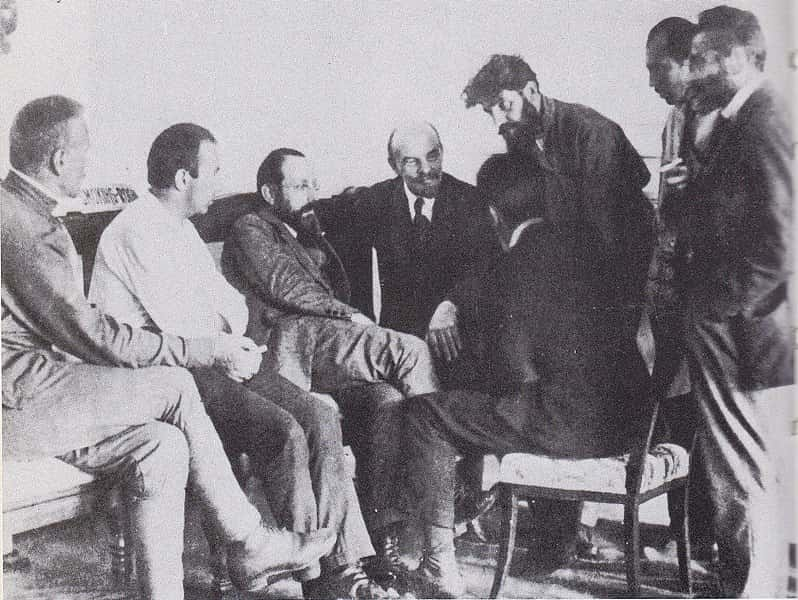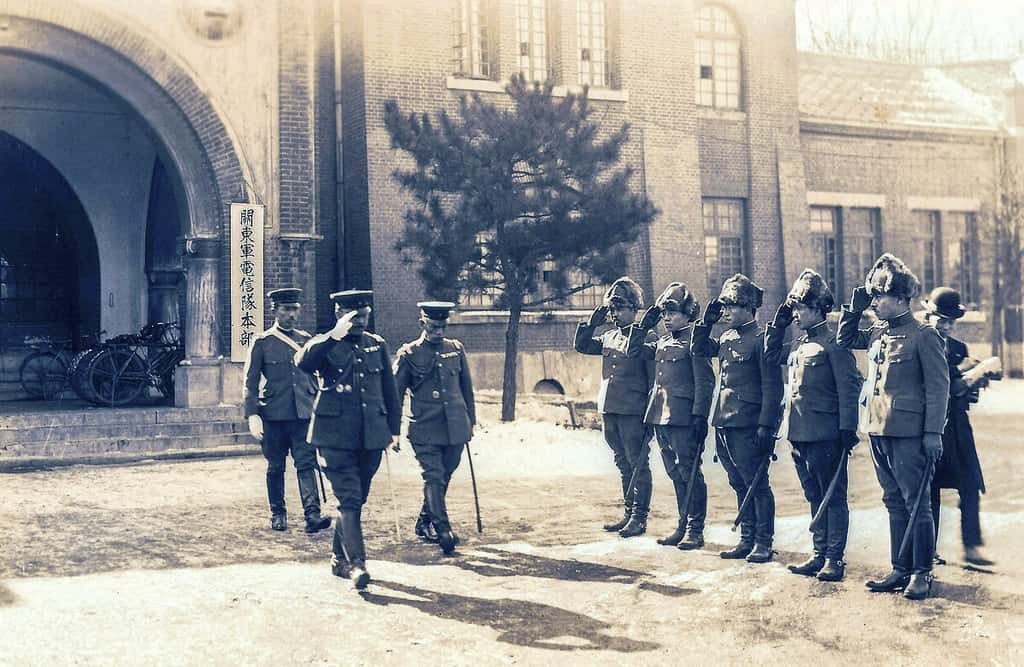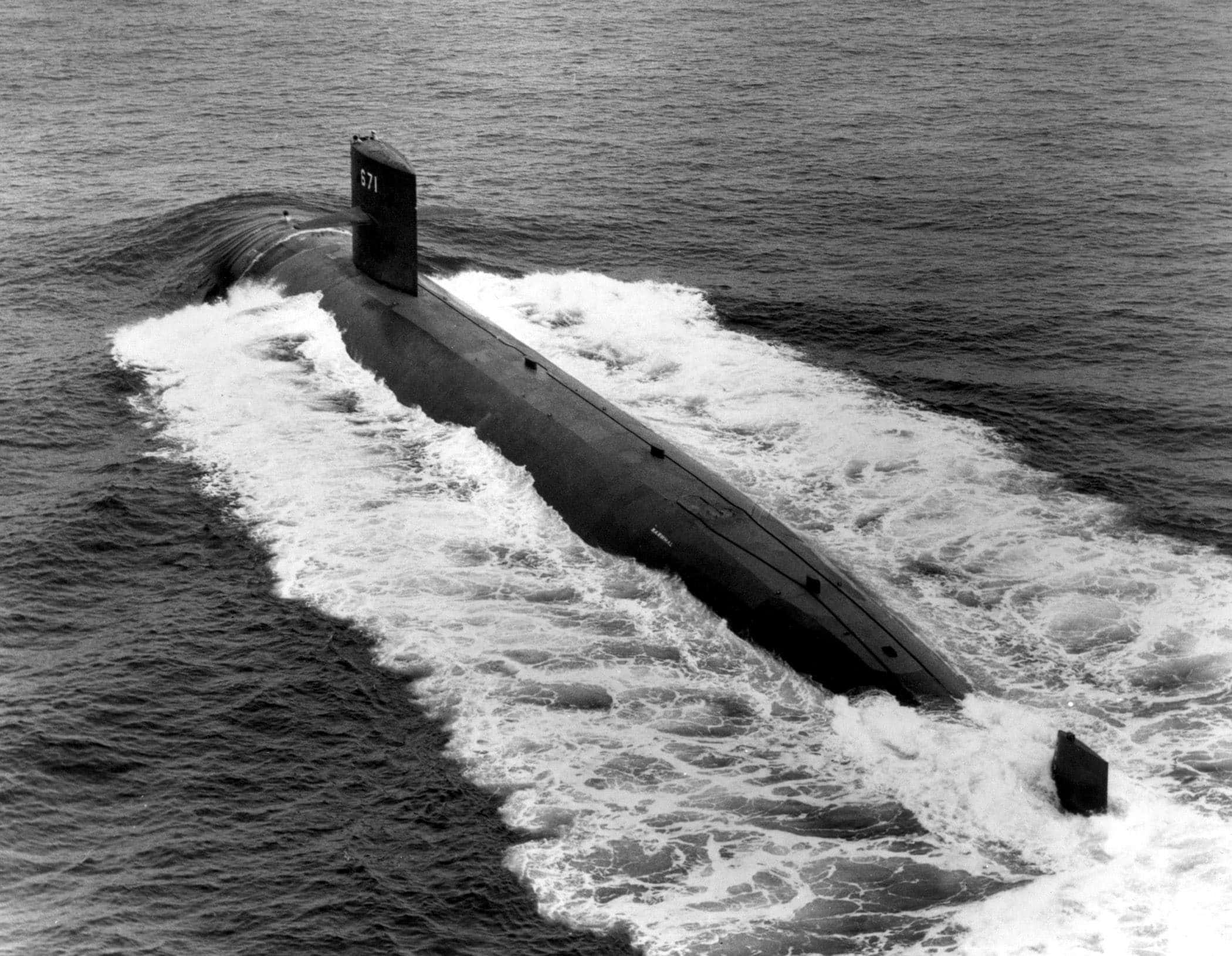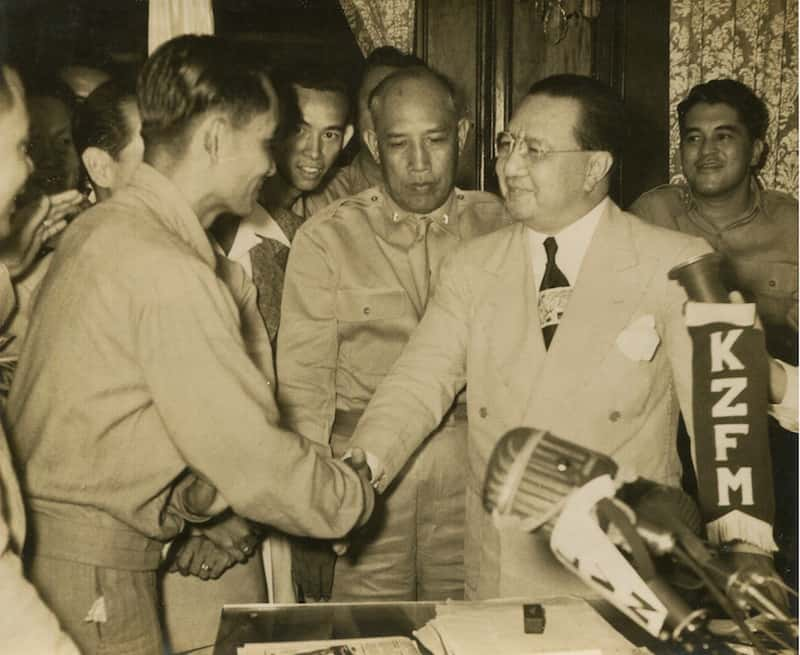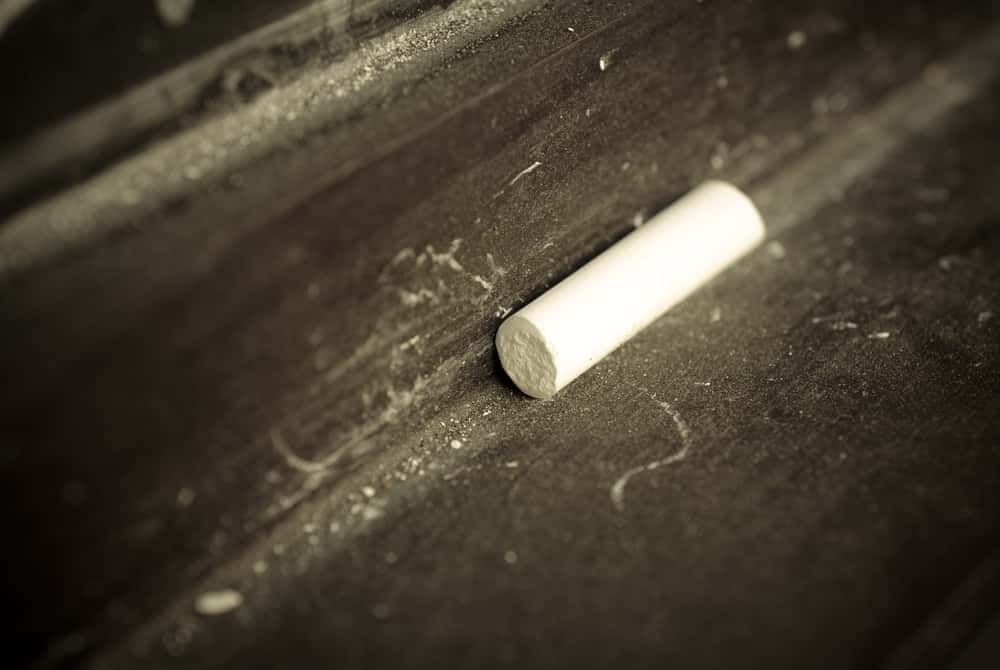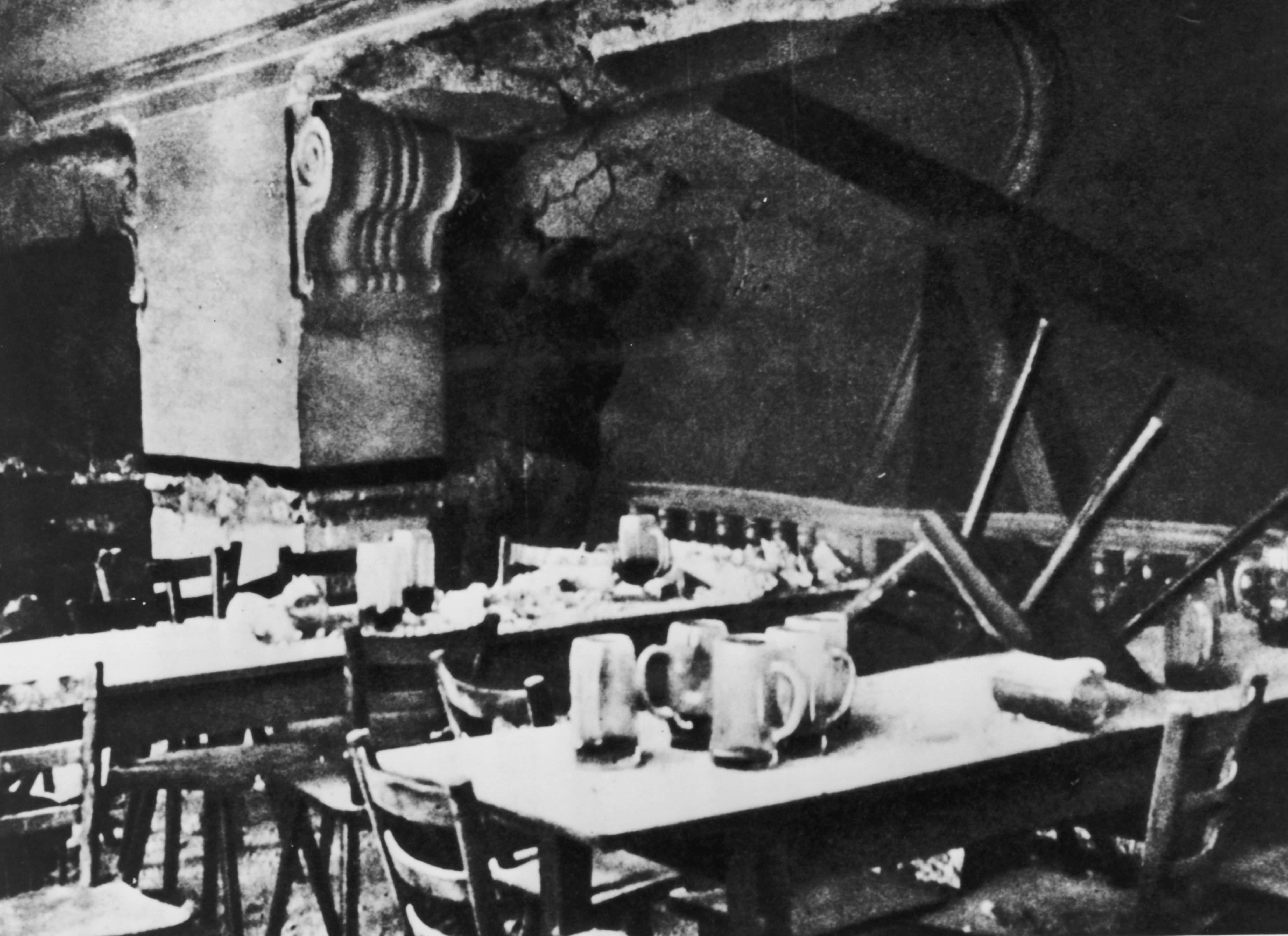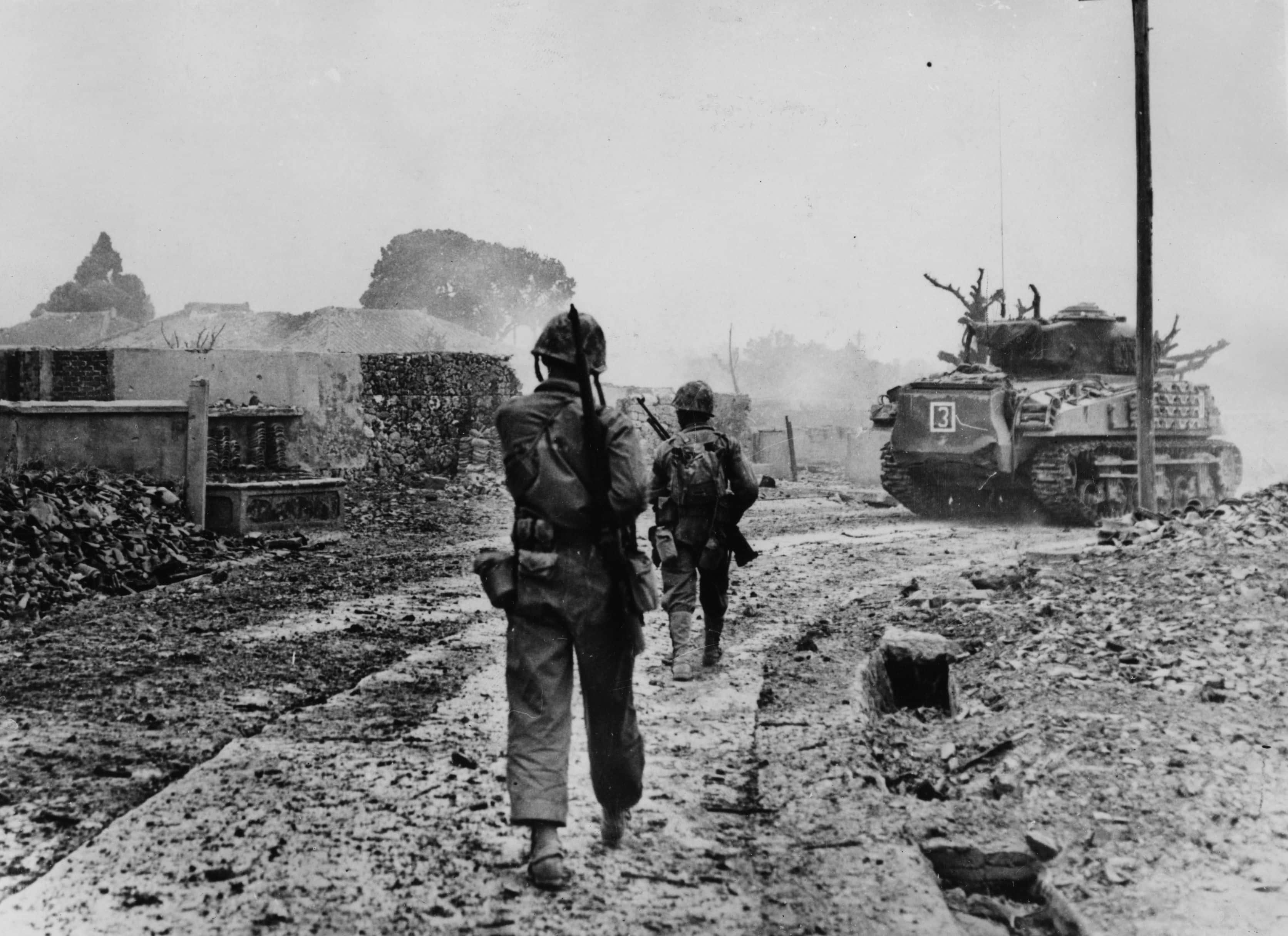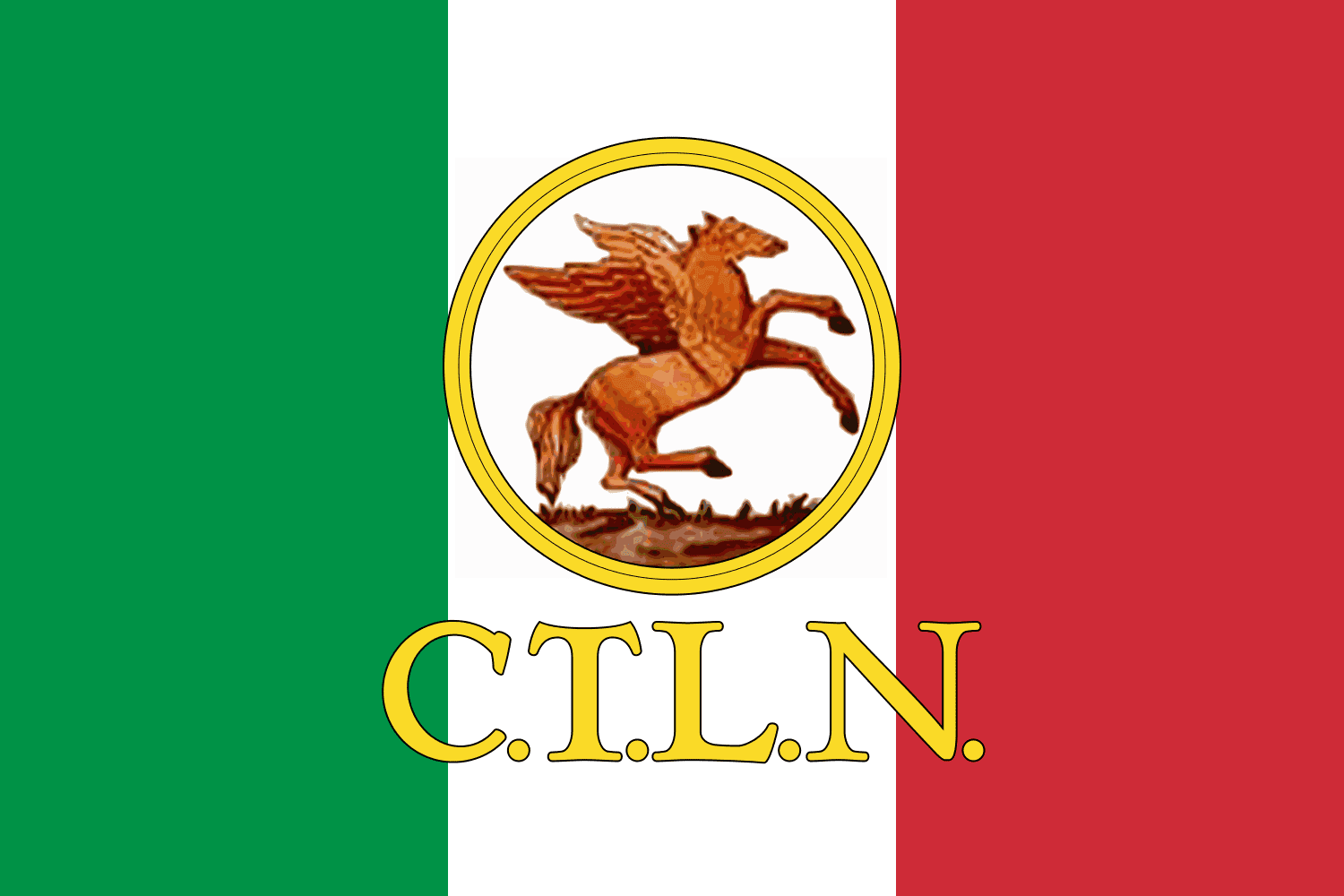Stories about the resistance movements during WWII continue to fuel much of our cultural imagination about the armed conflict, from Hollywood depictions to novels and documentaries. Even today, we’re still uncovering stories of those who resisted fascist power throughout Europe and Southeast Asia, not to mention anti-colonial resistance in many different regions of the world. Resistance forces went by many names and, and they were filled with many heroic individuals performing impressive feats. Some were military veterans, some were farmers, while others were students and teachers. Here are 42 facts and stories about WWII’s greatest resistance fighters.
42. Preparing for the Fight
Despite the fact that Britain was never occupied by Nazi Germany, with the constant threat looming across the waters, MI6 created “Section VII” in preparation for the possible need to resist occupation. These British groups also helped establish or support resistance cells across Nazi-occupied Europe.
41. Widespread Resistance
Almost all of the Nazi-occupied regions across Europe during WWII contained some form of resistance movement. Poland, Italy, Belgium, Holland, France, Yugoslavia, Denmark, and Greece all had groups dedicated to fighting occupation. All told, there were 16 main groups throughout Europe.
40. Seeing the Forest Through the Trees
Anti-occupation resistance wasn’t just directed against Nazi powers during WWII. A resistance group known as the Forest Brothers sprang up in the region of Estonia, Latvia, and Lithuania. The group was most interested in waging guerrilla war against the Red Army of the Soviet Union. The Forest Brothers resistance actually dates back before WWII. The term was first applied to those in the Baltic regions who sought refuge in the forests of the region during the Russian Revolution of 1905. Until 1918, Estonia, Lithuania, and Latvia were all a part of the Russian Empire.
39. Wolf Like Me
Sometimes resistance comes from within the ranks. The July Plot is one of the most famous examples of an assassination attempt on Hitler and it was planned and carried out by German officers who had sought a coup in 1944. Officer Claus Von Stauffenberg brought a bomb in a suitcase to Hitler’s “Wolf’s Lair” during a planned meeting. He placed it under the table close to where Hitler was sitting. The bomb did in fact go off as planned, but not before the briefcase had been moved by an unwitting officer attending the meeting. Although four officers died, Hitler escaped unharmed.
38. Not to Plan
Many of the fighters who became known as the Forest Brothers were initially conscripted soldiers making up the Nazi backed Lithuanian Territorial Defense Force. After the Germans realized that this 20,000-strong division could become a nationalistic army for Lithuania, they disbanded the group and arrested the senior staff. A lot of the soldiers turned their attention to defending against Red Army occupation on the Eastern Front.
37. While You’re Away
The Armia Krajowa, or the Home Army, was the largest and most dominant group of the Polish resistance during WWII. The group supported the exiled Polish Government who were stationed in London, England during Nazi occupation. They often got encouragement and orders through the exiled government with the help of the British.
36. Taking Aim
The Home Army of the Polish Underground State was a huge movement that disrupted Nazi supply lines, ambushed Nazi soldiers, but also took out prominent Nazi collaborators. The group was responsible for a number of assassinations, including actor and Nazi collaborator Igo Sym, as well as Austrian politician and SS officer Franz Kutschera.
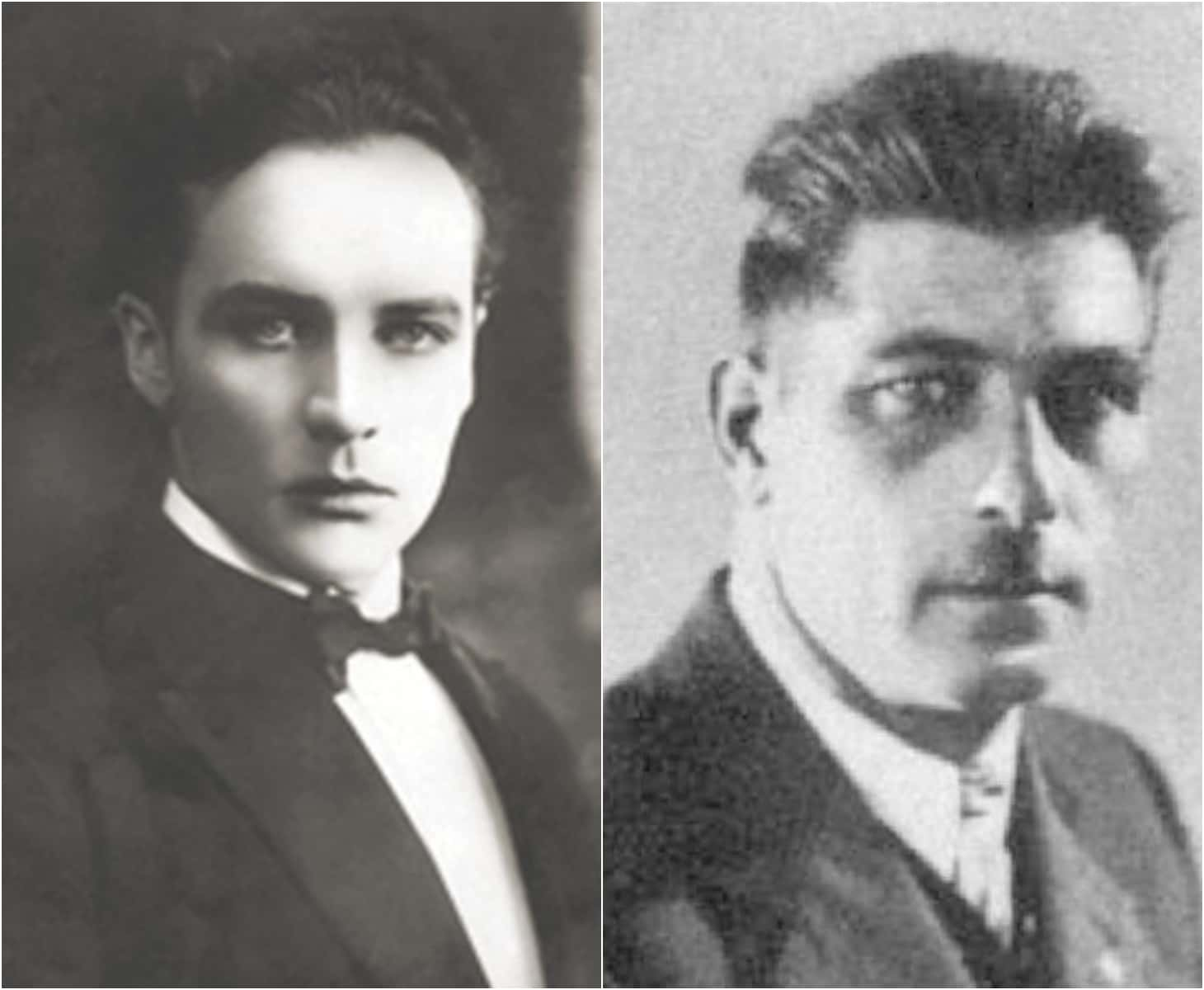
35. Reconnaissance
Armia Karjowa was not just a fighting force in Poland. The operation also gathered a lot of information and intelligence for the Allied forces. From 1939 to 1945, approximately 43% of all intelligence reports received by British secret services came from the Home Army in Poland. This information was integral for Allied forces when it came to overcoming German strategy and disrupting supply routes.
34. Care for a Drink?
Some of the attempts on Hitler’s life are almost too wild to be believed. Take, for example, Henning Von Tresckow’s attempted assassination. A disgruntled German officer, Von Tresckow hid a bomb in a crate containing bottles of brandy. When Hitler flew back to Berlin with the crate, the fuse became faulty and the bomb never went off. Hitler landed safely, much to Von Tresckow’s amazement and regret.

Sign up to our newsletter.
History’s most fascinating stories and darkest secrets, delivered to your inbox daily. Making distraction rewarding since 2017.
33. Man on the Inside
Tadeusz Żenczykowski was the leader of Operation N, the propaganda arm of the Polish Home Army resistance movement. He was given the code name “Kania” during WWII and took part in the Warsaw Uprising of 1944, which was the largest inner-city battle of the resistance. The goal of Operation N was to distribute anti-Nazi propaganda in an attempt to demoralize and confuse the German occupiers.
32. What Are You Doing After the War?
As WWII drew to a close, Tadeusz Żenczykowski, codename Kania, used the skills he learned through the propaganda-oriented Operation N of the Polish Home Army to pursue a career in journalism. In 1945, he became the deputy chief of the Polish Section of Radio Free Europe. No longer having to dodge occupying forces, he just wanted to have his voice heard.
31. Put it in Neutral
Britain often looked to writers and artists to help with intelligence gathering in a variety of capacities. The Anglo-Irish novelist Elizabeth Bowen, for example, sent correspondences back to Britain about the sentiments of the Irish, who were officially neutral in the war. Even to this day, some Irish see Bowen as a spy, while others see her as simply trying to help the British and Irish understand each other’s position.
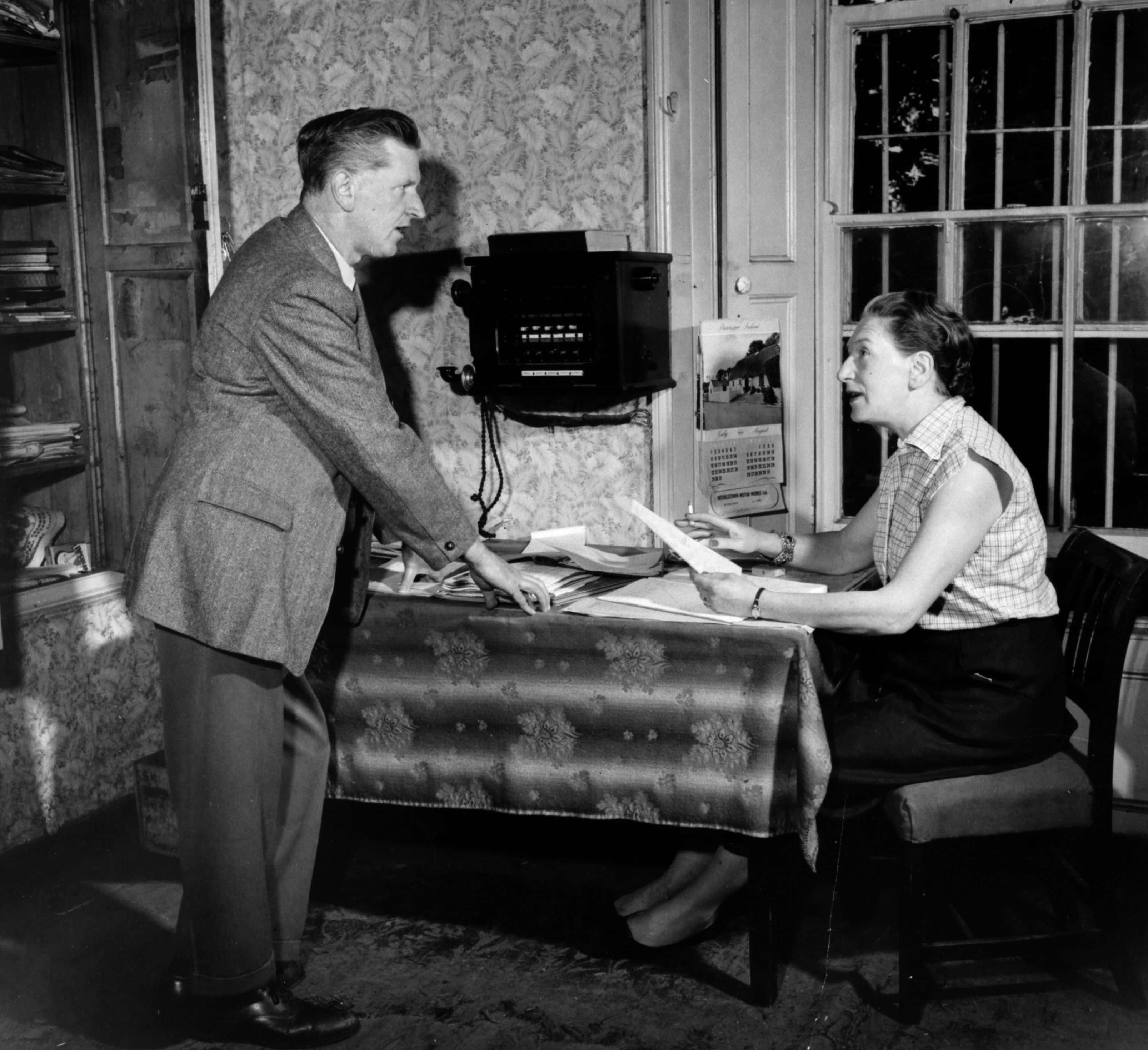
30. All Walks of Life
Resistance movements often featured people from many different social classes and political beliefs. In France, resistance fighters included right-wing military officers including Henri Frenay, liberal Catholic law professors including François de Menthon, and writer and poet Jean Cassou. It was common for resistance fighters to feel a united front with their comrades, despite possible differences in perspectives and experiences.
Jean Cassou
29. Organization is not Futile
Britain, in an attempt to support resistance movements across Europe, set up the Special Operations Executive in July 1940. The organization was run by Hugh Dalton, who was the Minister of Economic Warfare. There were a number of different branches to the operation, from intellectual and cultural to militaristic.
28. Honorable Visit
The British Special Operations Executive set up commands across Europe to help with resistance cells. Maurice James Buckmaster, for example, was head of Section F, which was stationed in France during Vichy rule. He was awarded the Croix de Guerre by the French government for his help in resisting Nazi rule in France.
27. A Web of Secrets
Between 1941 and 1944, Maurice Buckmaster helped place 366 agents of the Special Operations Executive in France to establish almost 50 networks for the French resistance forces.
26. Feminist Action
Women played a major role in the French Resistance throughout WWII. They represented around 20% of all Resistance fighters in the region and 15% of all political deportations to Nazi concentration camps.
25. Fighting for the Causes
As one of the prominent members of the French Resistance, Lucie Aubrac was invited by Charles de Gaulle to be a representative for the resistance fighters in the consultative assembly after the Vichy government was dismantled. Because of this appointment, Aubrac became the first woman to sit in a French parliamentary assembly.
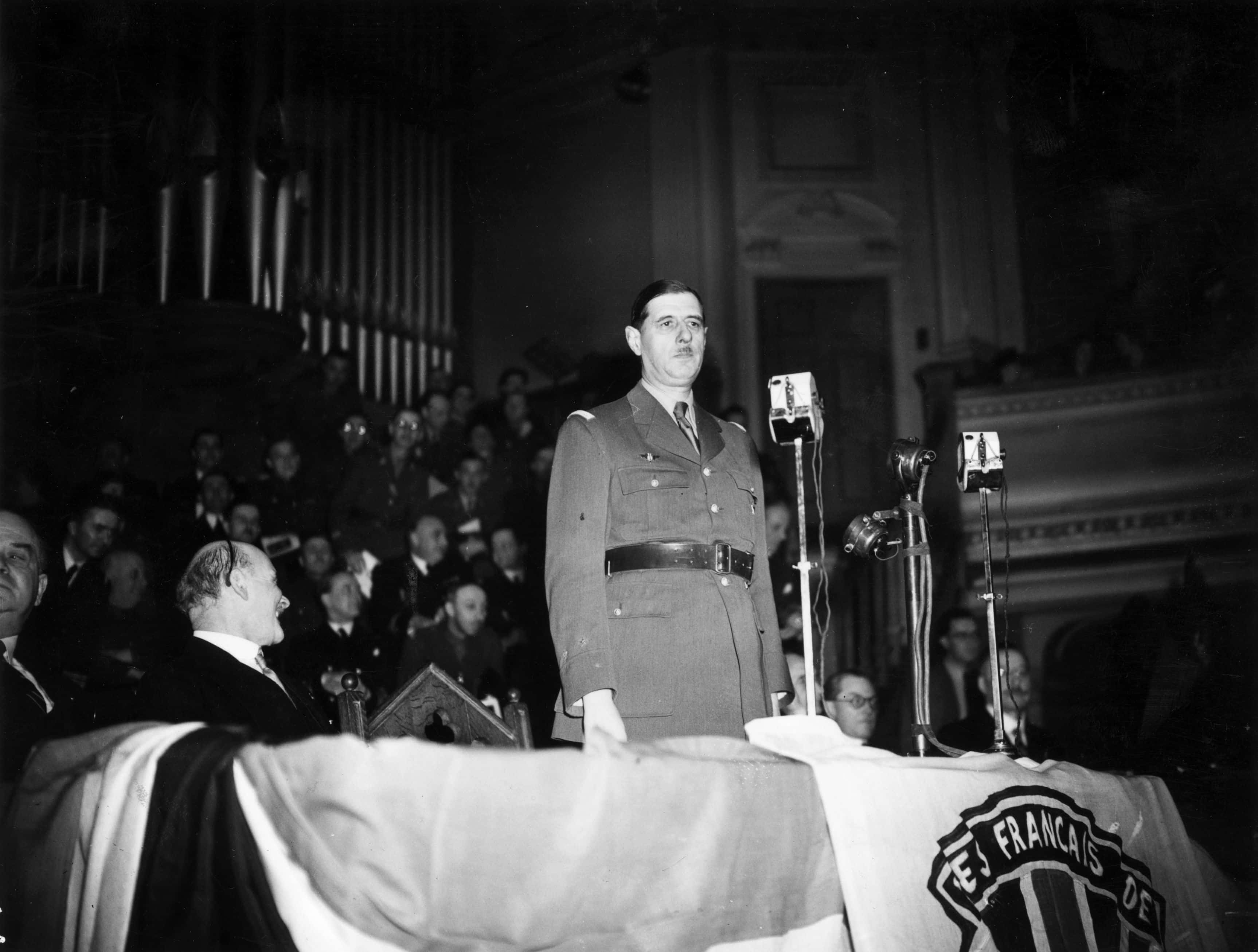 Getty Images
Getty Images
24. Uniting the Nations
Marie-Hélène Lefaucheux was one of the most prominent French Resistance fighters during WWII, which was recognized after the end of the war when she became the sole woman in the French delegation to the first General Assembly of the United Nations.
23. Calling the Shots
Marie-Hélène Lefaucheux served as Vice President of the Paris branch of the French Committee of National Liberation. She created a covert communication system for French prisoners being held in secret locations throughout Paris during the Nazi occupation. This system allowed prisoners to keep their stories in check during interrogations.
22. Appeal to Resistance
Charles de Gaulle led the Free French Forces from Britain as Nazi soldiers began occupying France. His “Appeal of 18 June” was broadcast over the airwaves by BBC radio and was an attempt to prompt French soldiers caught in Dunkirk and Norway to continue resistance and not be captured by German soldiers. But the BBC and the British ministers were not always fans of De Gaulle or his speeches. He nonetheless persisted in trying to get his message to the French people.
21. Regaining Control
As the tide began to turn in France and the resistance movement was starting to gain headway across Nazi forces, Charles de Gaulle chaired the Provisional Government of the French Republic from 1944 to 1946, in order to re-establish democracy in France.
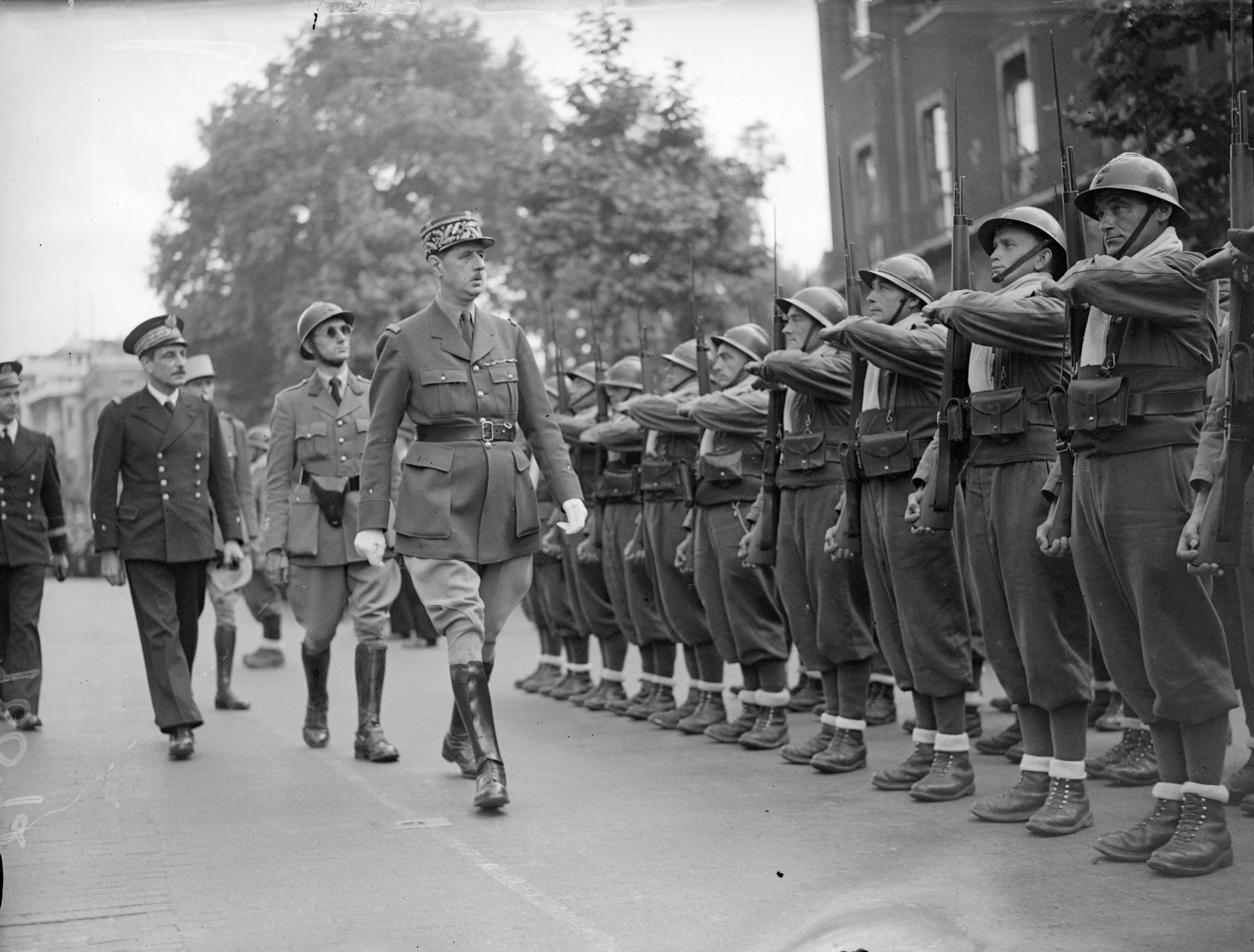 Getty Images
Getty Images
20. A Little Help From My Friends
Sweden came to the aid of the Free Norwegian Forces during the Liberation of Finnmark, a battle that lasted from 1944-1945. 1,442 police troops were flown in from Sweden to help the resistance movement in the armed conflict.
19. Hitting the Books
The XU was the name of the undercover intelligence operation which worked on behalf of the Allied forces in Nazi-occupied Norway. Although they became master saboteurs and gatherers, before the start of the war, they were just a group of students at the University of Oslo.
18. Gender Parity
Anne-Sofie Ostvedt, one of the executive members of the XU group in Norway, was highly sought after by the Germans. But with the codename “Aslak,” most people assumed they were looking for a man, which often helped her go undetected. After the war, she was awarded a scholarship to UC Berkeley to study chemistry where she graduated with a master’s degree.
17. To Arms, Comrade!
Asbjorn Edvin Sunde was a politician for the Communist Party of Norway, but during the Nazi occupation of Norway, he became one of the lead saboteurs in the nation. From 1941 to 1944 he led the Osvald Group, which carried out nearly 40 acts of sabotage against the Germans. The secretive group provided Allied forces, especially Britain, a lot of help in the Scandinavian region.
16. Worth a Shot
Throughout the many resistance groups across Europe, many naturally planned for the assassination of Hitler. Officially, there were a total of 27 assassination attempts on the Nazi leader. One of the first attempts came as early as 1938, when Maurice Bavaud, a Swiss theology student, bought a pistol and sought to assassinate the man that he saw as an immediate threat to the Catholic Church.
15. We’re Going on Strike
Initially, Dutch resistance movements were slow to gather momentum. This was changed after the February Strike in 1941. The general strike was organized by the Communist Party of the Netherlands in defense of persecuted Dutch Jews.
14. Out in the Cold
After pogroms and mass arrests made by the Nazis in the Jewish neighborhood of Amsterdam, about 300,000 Dutch citizens participated in the February Strike. The general strike lasted for two days before being violently suppressed by the Germans on the third day. The strike is often considered the first public protest against the Nazis in occupied Europe.
13. Spartacus! Spartacus!
One of the key players in the Dutch Resistance was the Marx-Lenin-Luxemburg Front. Founded by Henk Sneevliet, Willem Dolleman, and Abraham Menist, one of the main roles of the organization was the dissemination of anti-Nazi propaganda. Their main outlet was the bi-weekly print magazine Spartacus, which ran about 5,000 copies.
12. Making a Left Turn
Prior to becoming one of the key figures of Dutch Resistance in the first part of the war, Henk Sneevliet was heavily involved in politics. He formed the Revolutionary Socialist Party in 1929 with the aim of providing a left-wing counter to the rise of fascism in Europe. He used the connections and political know-how that he learned during these early days to become a major source of frustration for the occupying forces.
11. Anti-Pacifiers on the Pacific
The Anti-Japanese Army for the Salvation of the Country was a 10,000 troop strong resistance force stationed in Kirin (now known as the Heilongjiang province). Led by Li Hai-Ching, the movement resisted the pacification of Manchukuo, which was a suppression operation undertaken by the Japanese lasting from the Second Sino-Japanese War and into WWII.
10. Against the Empire
For many outside continental Europe, resistance during WWII was part of a much longer process of anti-imperial resistance. Gandhi, for example, started the Quit India Movement in 1942 as non-violent anti-British Empire movement.
9. An Island to Call Our Own
Anti-Japanese resistance in the Philippines was a major part of the Allied effort in the Pacific side of WWII. The United States Navy began using submarines such as the USS Narwhal and the USS Nautilus in an attempt to aid Filipino guerillas.
8. Uniting the Front
In 1942, Luis Taruc formed the Hukbalahap (People’s Army Against the Japanese) in the Philippines. The group launched a number of successful ambushes, intelligence gathering, and sabotage missions against the Japanese. Taruc was a communist politician before the war, and in 1938 he worked to merge the Philippine Socialist Party and the Communist Party of the Philippines in an attempt to fight against fascism.
7. Whatever You Can Find
Captain Nieves Fernandez led 110 Waray guerillas against Japanese forces in the Philippines during WWII. Despite their low numbers, Fernandez and her troops killed or captured more than 200 Japanese soldiers during the occupation of the islands. Fernandez didn’t start the war as some major military or political figure with vast experience; she was a schoolteacher! Handling a classroom was all the experience she needed to become a major force of resistance.
6. Paper Boats
Cebuano guerillas in the Visayas scored one of the most important victories against Japanese forces when they captured 12 high-ranking Japanese officers after their sea-plane crashed off the coast of the islands. With these officers came the “Koga Papers,” which highlighted the strength and overall strategy of Japanese naval forces in the Pacific.
5. Humble Beginnings
The Korean Liberation Army only started with 30 troops when it declared war against Japan and Germany in 1941. Willpower and determination took these brave soldiers a long way: by the end of the war, the KLA grew into a 339-person force. Although they started small, The Korean Liberation Army ended the war working in cooperation with the United States Armed Forces. Because of this backing, the KLA went on to form the basis for the Republic of Korea Armed Forces.
4. Another Beer?
13 minutes was all that separated a bomb from assassinating Hitler on the eve of WWII. George Elser, an everyday German citizen, had planned for weeks to detonate the bomb at a Munich beer hall where Hitler was planning one of his rallies. Starting his speech on time, Hitler uncharacteristically ended his speech early—by 13 minutes. The bomb went off after the Nazi leader had already left. Historians still debate what might have happened, had Elser been successful that day.
3. Helping Hand
Some nationals within Axis forces helped stir resistance from outside their home country. The Japanese People’s Emancipation League, for example, was formed in the city of Yan’an in China in 1944. With just under 500 members, the force sought to oppose militaristic Imperial Japan and establish a democratic government after the war.
2. Come Together
The Comitato di Liberazione Nazionale, or the National Liberation Committee, was the main resistance movement in Italy during the German occupation. The CLN was comprised of many different political parties and affiliations including the Italian Communist Party, the Italian Socialist Party, the Action Party, Labour Democratic Party, and the Italian Liberal Party.
1. Forming the Government
The CLN in Italy were successful in pushing out Nazi occupation with the liberation of Rome in 1944. From the moment they took the city until the time of the first general election in 1946, the CLN formed the basis of the Italian government.
Sources: 1, 2, 3, 4, 5, 6, 7, 8, 9, 10, 11, 12, 13, 14, 15, 16, 17, 18, 19, 20, 21, 22, 23, 24, 25, 26, 27, 28




